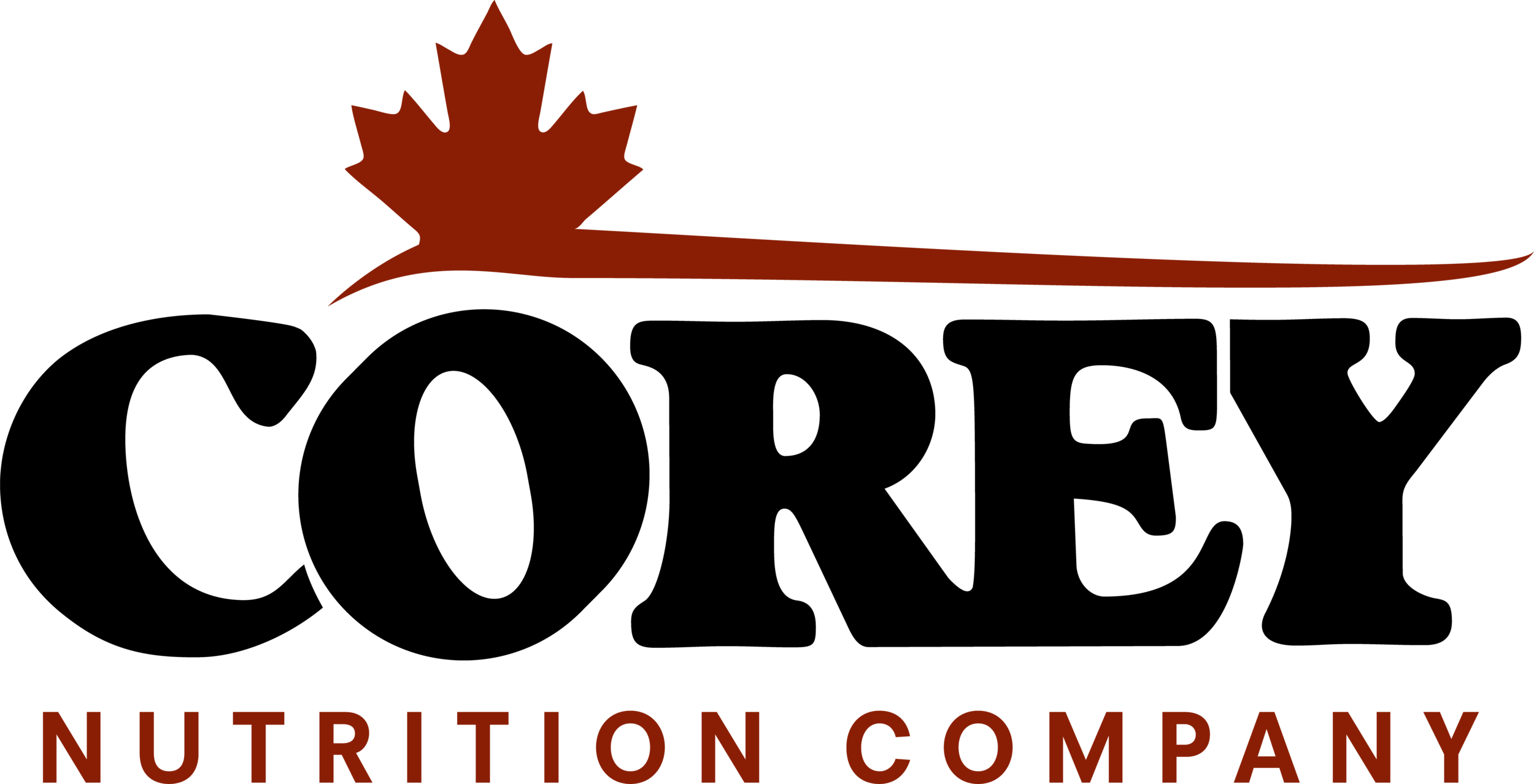GOLD PAW MODULE 5
Essential Fatty Acids (EFAs)
The term “essential fatty acid” is used, as your pet must obtain these from the diet. Under this classification, two families exist: Omega-6’s and Omega-3’s. These families are named after the location of the double bond in their carbon chains, in the 6th or 3rd position from the methyl end, respectively (See below for a diagram of the basic structure). Within these families, there exists root EFAs. In the omega-6’s this is Linoleic Acid, and for the omega-3’s, this is Linolenic Acid. These two are crucial, as they have the capability of being transformed by the body into other necessary fatty acids. Some of these you may have heard of, like Arachidonic Acid, often referred to by its abbreviation, AA. AA belongs to the omega-6 family and can be synthesized from linoleic acid. Others you may have heard of are Eicosapentaenoic Acid (EPA) and Docoshenaenoic Acid (DHA), both part of the Omega-3 family.
ROLE OF LINOLEIC ACID (OMEGA-6 FAMILY)
Omega-6’s are important for a variety of functions, such as maintaining cell membrane structures, immune functions, (inflammatory response), and skin health. They are common in some animal fats, such as chicken fat, and many vegetable oils, such as corn, canola, safflower and sunflower.
ROLE OF ALPHA-LINOLEIC ACID (OMEGA-3 FAMILY)
Omega-3’s play crucial roles in managing diseases, such as cardiovascular disease, arthritis, gastrointestinal issues and skin disorders. They are crucial in proper development in puppies and kittens, and crucial in brain functioning/development and in the immune response (reduces inflammatory response). Omega-3’s are found in high quantities in fish oils, such as herring oil, but also found in some plant oils, like flaxseed.


